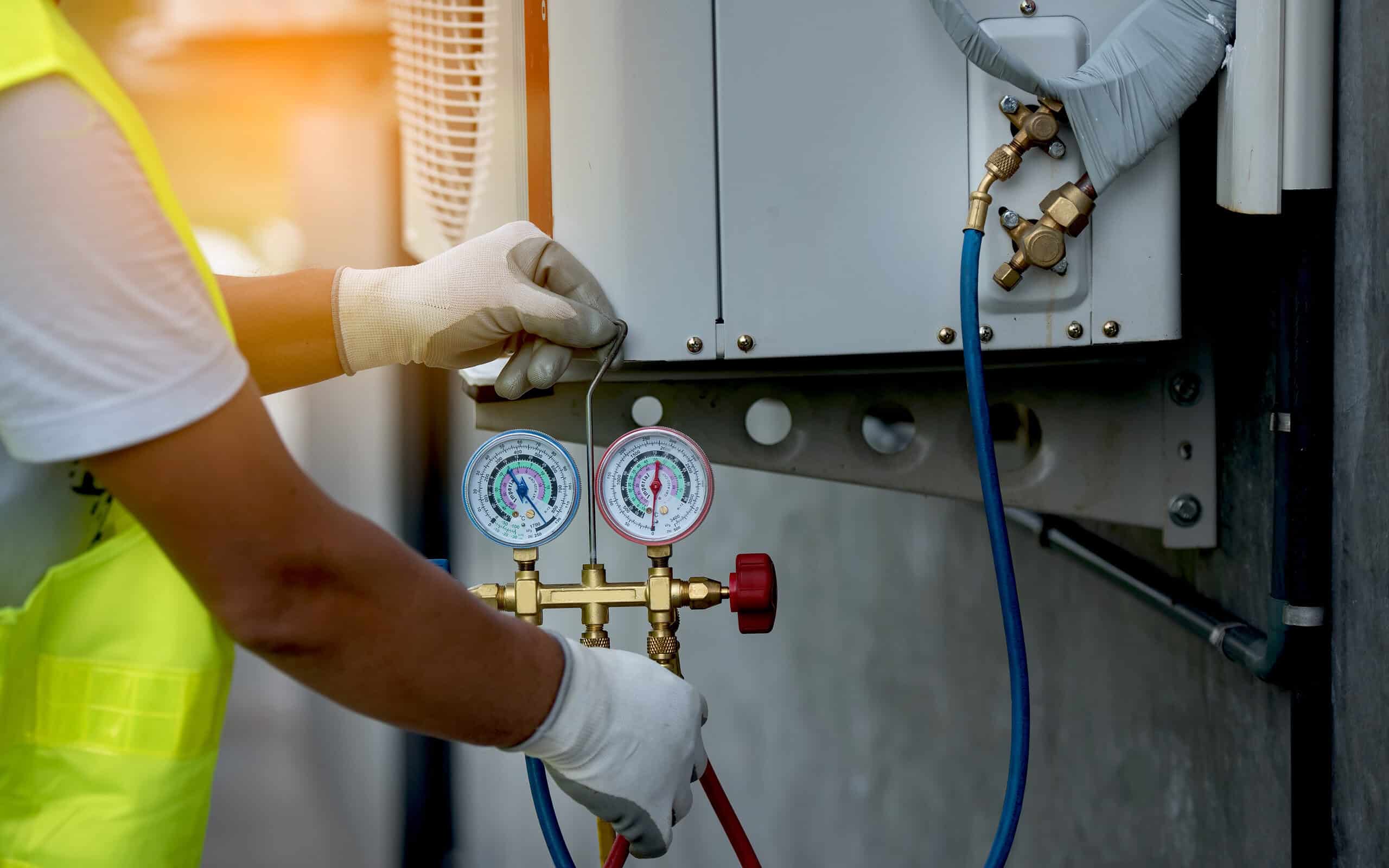
The term levels is used in the context of Design of Experiments (DOE) and refers to the different settings you can use for running your experiments. Let’s look at this in a little more detail.
The purpose of doing a Design of Experiments (DOE) is to identify what variables or factors have a causal effect on your dependent variable of interest. To test the sensitivity of your analysis, you will conduct your experimental runs at different settings or levels for the factors.
Overview: What are levels?
Once you have identified potential factors or independent variables you can run full factorial or fractional factorial experiments. Your runs will consist of simultaneous combinations of your factors while recording the resulting impact on your outcome variable.
To determine whether the factor had a statistically significant impact or main effect you will set the value of your factors to different levels. For example, if want to determine whether your three potential factors (speed, tire pressure and gas octane) have an effect on your gas mileage, you can use a two level experiment where you test speed at 55 mph and 65 mph, tire pressure at 30 psi and 35 psi, and octane at 86 and 92. This would result in 8 unique runs for your experiment.
Using 2 levels would allow you to test for a linear relationship. If you chose to use three levels for a different experiment, you might use high, medium, and low as your levels. This allows for determining a quadratic or curvilinear relationship. Of course, the more levels you run, the greater the number of experiments thus increasing the time and expense for your experiment. For example, a 3 factor, 2 level experiment requires 8 runs (2^3), while a 3 factor, 3 level experiment will require 27 runs (3^3).
An industry example of levels
The company Master Black Belt (MBB) wanted to determine whether temperature, pressure and run speed had an effect on the thickness of the paint applied to the company’s product. She chose to do a 3 factor, 2 level full factorial experiment.
She chose the two temperatures (100 and 120 degrees Fahrenheit), the two pressures (90 and 110 psi), and the two run speeds (150 and 200 fpm) for her experiment. She concluded that temperature had a significant main effect and was optimal at the 120 degrees Fahrenheit level.
Frequently Asked Questions (FAQ) about levels
Does increasing the number of levels for my DOE increase the number of runs?
Yes, the number of runs can be significantly increased when you increase your levels. The number of runs in an experiment is calculated by taking the number of levels raised to the power of the number of factors. For example, a 3 level (high, medium, and low), 3 factor experiment will require 27 runs versus only 8 for a 2 level experiment.
Is it better to use categorical or continuous data for my levels?
Continuous data will provide you better confidence and power than categorical data.
What’s the difference between DOE factors and levels?
Factors are the variables that you seek to control during an experiment in order to determine if there is a significant effect on the response or dependent variable. A factor can take on several values or settings, which are known as factor levels.